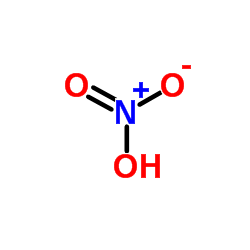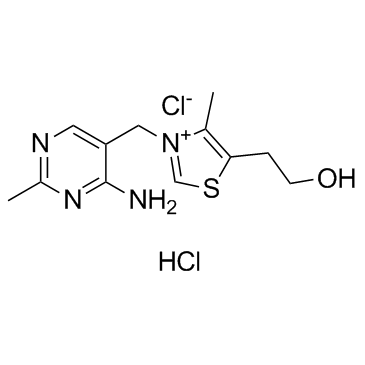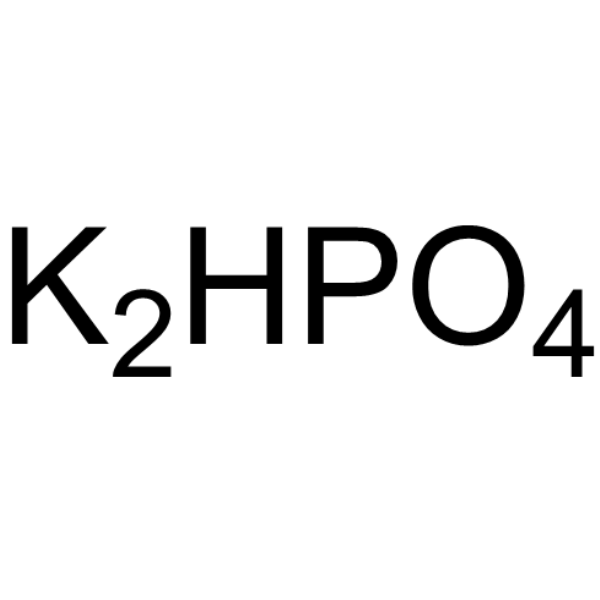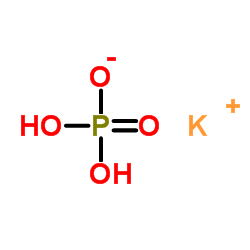| Structure | Name/CAS No. | Articles |
|---|---|---|
 |
sodium chloride
CAS:7647-14-5 |
|
 |
Hydrochloric acid
CAS:7647-01-0 |
|
 |
nitric acid
CAS:7697-37-2 |
|
 |
Thiamine hydrochloride
CAS:67-03-8 |
|
 |
Di-potassium monohydrogen phosphate
CAS:7758-11-4 |
|
 |
SODIUM CHLORIDE-35 CL
CAS:20510-55-8 |
|
 |
Monopotassium phosphate
CAS:7778-77-0 |